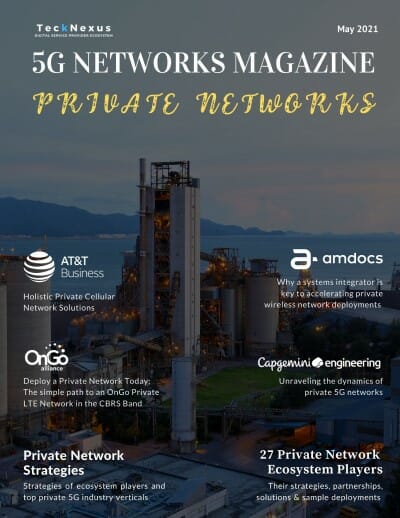- Tech News & Insight
- September 22, 2025
- Hema Kadia
MWC25 Las Vegas is the premier North American event for CIOs and IT leaders, offering real-world insights on 5G, AI, IoT, private networks, and edge computing. With industry leaders from IBM, Qualcomm, T-Mobile, and more, the event focuses on actionable strategies for enterprise transformation.























